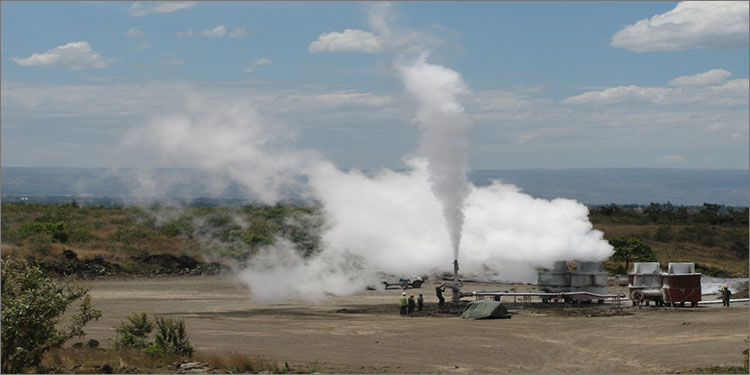
The report indicates that Kenya experienced the highest peak electricity demand in the region, reaching 2,316 megawatts (MW) in 2025, an increase from 2,177 MW in 2024.
This exceeded Tanzania’s 1,944 MW, Uganda’s 1,176 MW, and Rwanda’s 262 MW. The Democratic Republic of Congo (DRC) was next with 2,174 MW, whereas Zanzibar recorded 131 MW. With an installed capacity of 3,192 MW, Kenya ranks third in the region, behind DRC at 3,238.9 MW and Tanzania at 3,091.7 MW.
Kenya excelled in renewable energy production, with geothermal energy providing 940 MW, which accounts for the entire geothermal capacity of the region.
“The report highlighted that Kenya has persistently enhanced its role as a continental frontrunner in green energy, with renewable sources constituting 80.17 percent of the electricity mix during the reviewed year,” it stated. This notable energy composition reinforces our commitment to sustainability and resilience in the sector.
Regionally, 81 percent of the total installed capacity in the EAC was derived from renewable energy, with hydropower leading the way at 65.15 percent. Kenya, in contrast, preserved the most diverse energy mix, incorporating geothermal, wind, solar, and hydro resources more efficiently than its competitors.
The Electricity Regulatory Index (ERI) ranked Kenya third in Africa and first in East Africa, as highlighted by EPRA. This recognition is attributed to the country’s strong regulatory governance, engagement with stakeholders, and oversight of reforms in the electricity market.
